 Facebook
Facebook
 X
X
 Instagram
Instagram
 TikTok
TikTok
 Youtube
Youtube
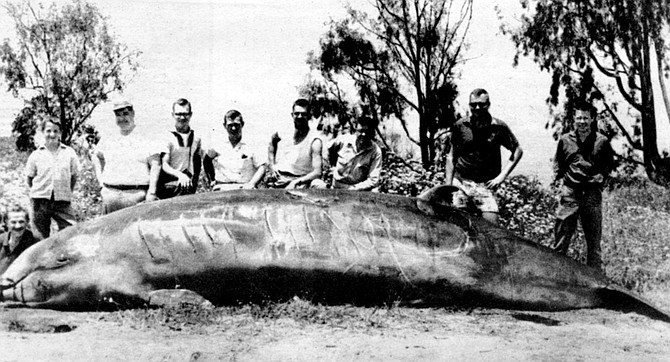
By the time they arrived the tide had gone out and the animal lay dead on the sand. “There was a guy from the Navy already there. He was asking the lifeguard questions, and one of the things he asked him was, ‘Did the whale make any sound before it died?’ and the lifeguard said, ‘Oh yeah, that’s one thing I forgot to tell you, it made one sound — kind of a boing sound.”
By Gordon Smith, Nov. 12, 1981 | Read full article
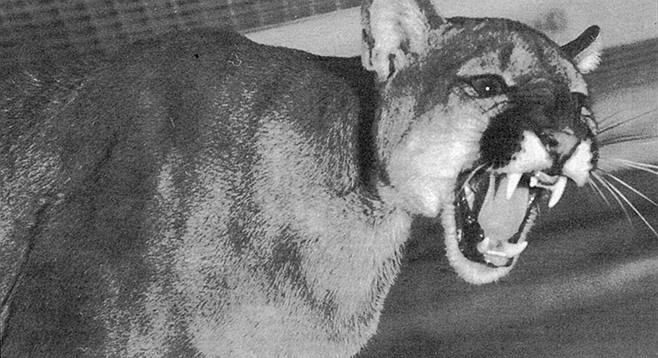
"Some of this may have to do with the fact that hunting mountain lions was outlawed in 1972 In addition to there being more people in the state, people are developing areas that were once wild. They go out into rural areas and start building homes and golf courses and irrigating and planting gardens - doing things that increase the amount of food consistently available to deer, for example. Deer are a mountain lion's main food source.
By Abe Opincar, Oct. 23, 1997 | Read full article
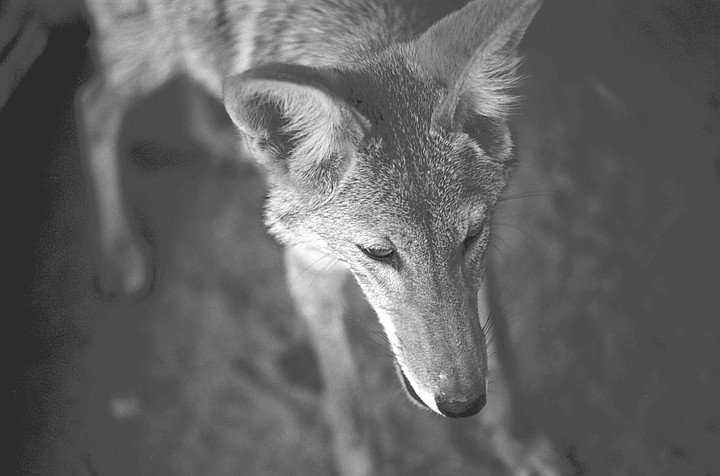
Crooks sees three major threats facing the canyons. The first is cats. "Outdoor cats surrounding the typical canyon kill nearly 1000 rodents, over 500 birds, and 600 lizards per year.” Then there's the coming red fox invasion. Since fur ranchers and hunters introduced them elsewhere in California, they're spreading south. And the third invader? "Ice plant," says Crooks. Ice plant invades down the slope, grows over the native habitat, and kills it.
By Bill Manson, July 23, 1998 | Read full article
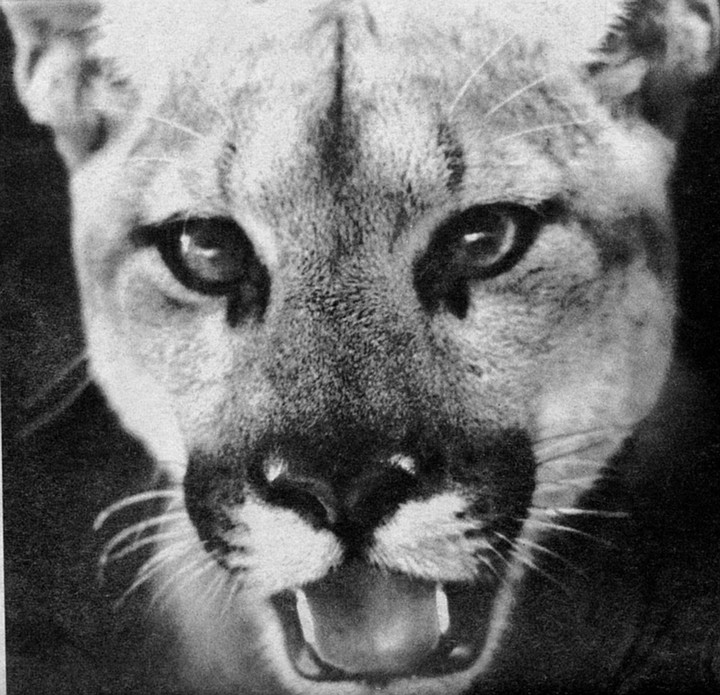
In October 1983, a lion killed a domestic goat at a ranch near Julian; in November 1983, a dead lion cub was found on the road near Santa Ysabel. In January 1984, at the Christian Conference Center near Mount Palomar, a lion killed 20 goats. That same month, a lion was accidentally caught in, and later released from, a coyote trap near Mesa Grande. In April 1984, an adult lion was killed by a car near Lake Henshaw.
By Steve Sorensen, Aug. 22, 1985 | Read full article
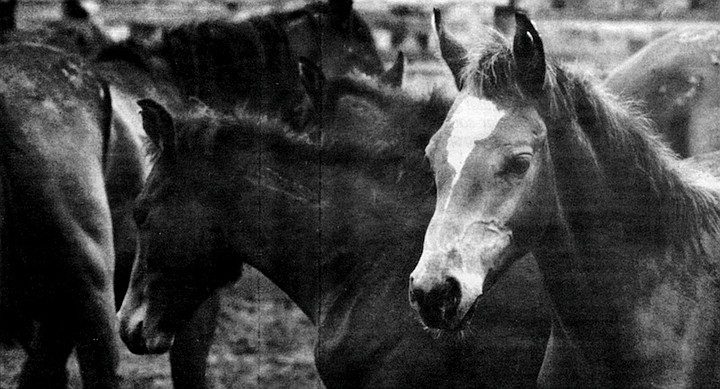
I was the only human in the canyon that night — probably the only human for ten miles in any direction. Before dark I walked in a circle on the canyon floor and found fresh, barefoot (unshod) horse tracks. There were also the tracks of wild cows, and later, when the moon rose over the Santa Rosa Mountains, I heard one of them bawling up Tule Creek. It was a forlorn song that lonely cow sang.
By Steve Sorensen, Nov. 20, 1986 | Read full article
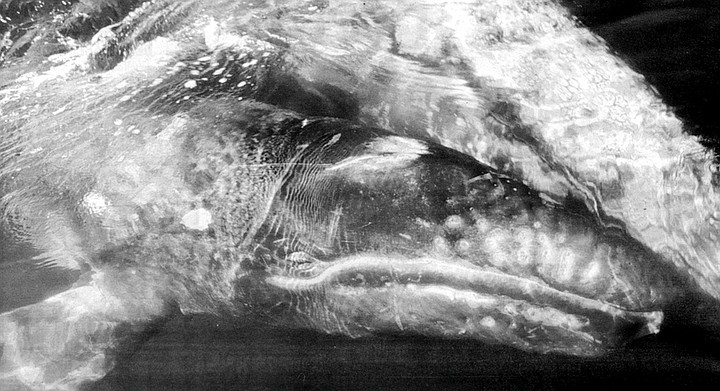
For a dozen years after gray whales were first attacked in Magdalena Bay, they did find refuge in the large lagoons along the Baja coast. These lagoons were hidden from view, but in the winter of 1857-58, a sea captain from Maine who’d been lured to California by the gold rush figured out how to make his way into one of them. The name of Charles Scammon still designates that body of water on many maps.
By Jeanette De Wyze, Oct. 23, 1997 | Read full article


By the time they arrived the tide had gone out and the animal lay dead on the sand. “There was a guy from the Navy already there. He was asking the lifeguard questions, and one of the things he asked him was, ‘Did the whale make any sound before it died?’ and the lifeguard said, ‘Oh yeah, that’s one thing I forgot to tell you, it made one sound — kind of a boing sound.”
By Gordon Smith, Nov. 12, 1981 | Read full article

"Some of this may have to do with the fact that hunting mountain lions was outlawed in 1972 In addition to there being more people in the state, people are developing areas that were once wild. They go out into rural areas and start building homes and golf courses and irrigating and planting gardens - doing things that increase the amount of food consistently available to deer, for example. Deer are a mountain lion's main food source.
By Abe Opincar, Oct. 23, 1997 | Read full article

Crooks sees three major threats facing the canyons. The first is cats. "Outdoor cats surrounding the typical canyon kill nearly 1000 rodents, over 500 birds, and 600 lizards per year.” Then there's the coming red fox invasion. Since fur ranchers and hunters introduced them elsewhere in California, they're spreading south. And the third invader? "Ice plant," says Crooks. Ice plant invades down the slope, grows over the native habitat, and kills it.
By Bill Manson, July 23, 1998 | Read full article

In October 1983, a lion killed a domestic goat at a ranch near Julian; in November 1983, a dead lion cub was found on the road near Santa Ysabel. In January 1984, at the Christian Conference Center near Mount Palomar, a lion killed 20 goats. That same month, a lion was accidentally caught in, and later released from, a coyote trap near Mesa Grande. In April 1984, an adult lion was killed by a car near Lake Henshaw.
By Steve Sorensen, Aug. 22, 1985 | Read full article

I was the only human in the canyon that night — probably the only human for ten miles in any direction. Before dark I walked in a circle on the canyon floor and found fresh, barefoot (unshod) horse tracks. There were also the tracks of wild cows, and later, when the moon rose over the Santa Rosa Mountains, I heard one of them bawling up Tule Creek. It was a forlorn song that lonely cow sang.
By Steve Sorensen, Nov. 20, 1986 | Read full article

For a dozen years after gray whales were first attacked in Magdalena Bay, they did find refuge in the large lagoons along the Baja coast. These lagoons were hidden from view, but in the winter of 1857-58, a sea captain from Maine who’d been lured to California by the gold rush figured out how to make his way into one of them. The name of Charles Scammon still designates that body of water on many maps.
By Jeanette De Wyze, Oct. 23, 1997 | Read full article
Comments